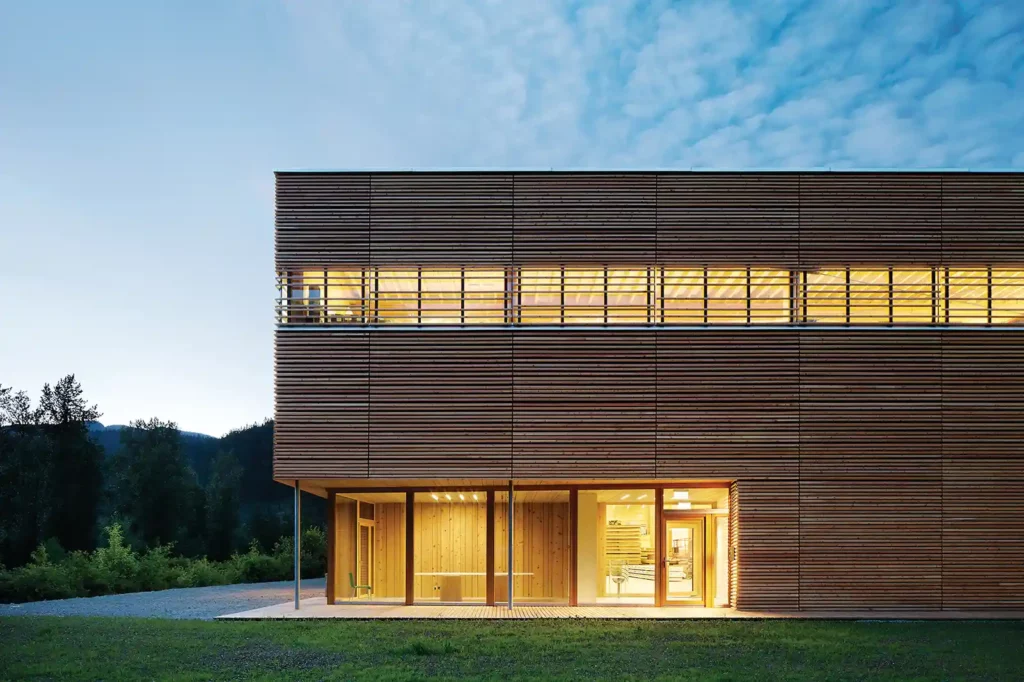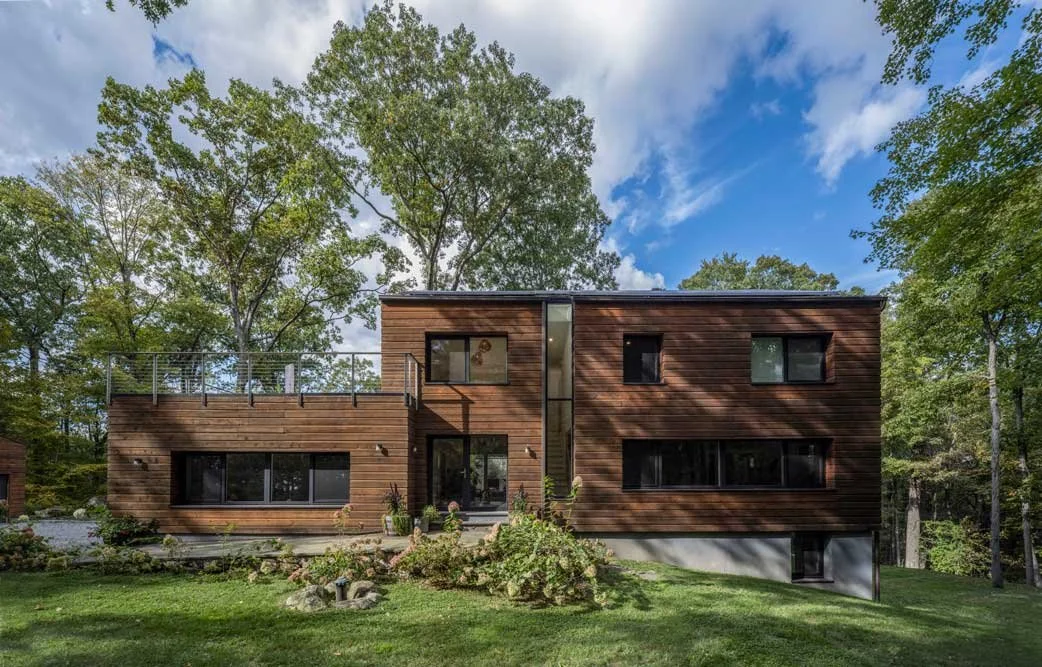Understanding the principles of moisture control is essential for the successful design and construction of a passive house. This guide will provide a comprehensive overview of the strategies and techniques used to manage moisture in passive houses, ensuring their longevity and performance.
For more in-depth information on passive building principles, we recommend visiting the Passive House Institute US.
Understanding the Basics of Moisture Control
Moisture control in passive houses involves a combination of strategies, including the use of appropriate materials, proper construction techniques, and effective ventilation systems. These measures help to prevent the accumulation of moisture within the building envelope, mitigating the risk of mold growth and structural damage.
Key Techniques for Managing Moisture
There are several key techniques used to manage moisture in passive houses. These include the use of vapor barriers, adequate insulation, and effective ventilation systems. These techniques work together to prevent the accumulation of moisture within the building envelope and ensure the longevity and performance of the structure.
Conclusion
Proper moisture control is essential for the success of any passive house project. By understanding and implementing the techniques discussed in this guide, you can ensure that your passive house remains dry, comfortable, and energy-efficient for many years to come.
To further enhance your passive house, consider investing in a waterproof solar setup and products that protect from moisture damage.
For more information on passive house design and construction, check out our article on sustainable architecture for cold climates.
Author: Elan James
Publication Date: 2025-11-07





